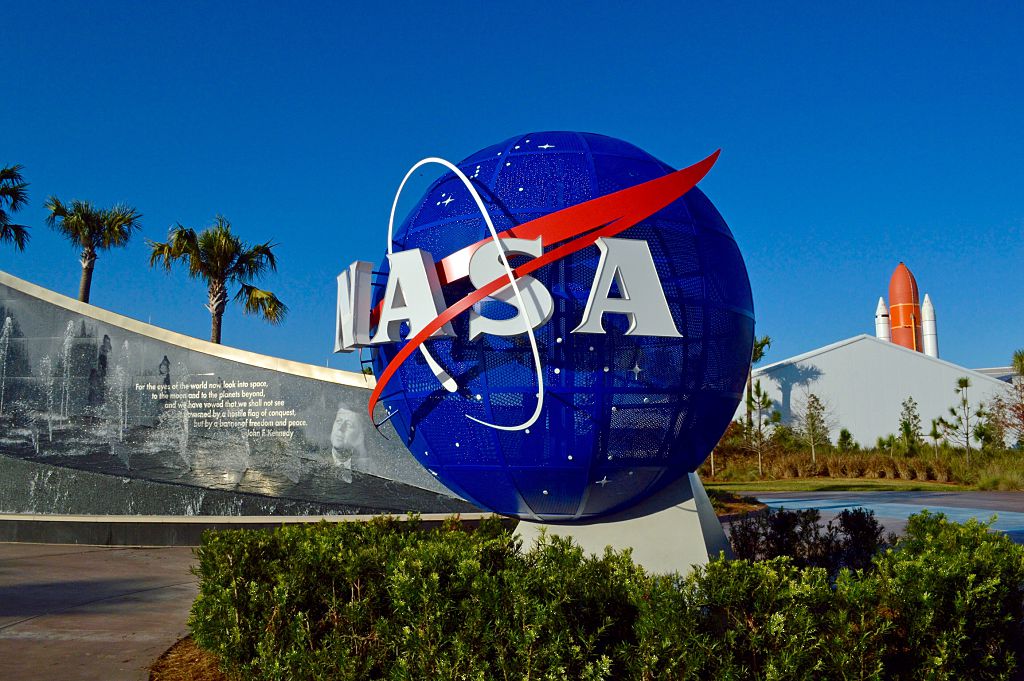In a move that perfectly marries technology with ambition, NASA has taken a giant leap forward in astronaut training by harnessing mixed reality techniques. As we explore this cutting-edge approach, we delve into how the collaboration between NASA and Epic Games has birthed an International Space Station (ISS) simulator that promises to change the landscape of space training forever. With its revolutionary training methods, NASA continues to demonstrate its commitment to utilizing new technologies for the betterment of human exploration.
The Evolution of Astronaut Training
Traditionally, training for NASA astronauts has been an intensive process, one requiring them to master vital skills needed for space missions. Candidates have often found themselves submerged in the “neutral buoyancy lab,” a massive 6.2-million-gallon pool designed to replicate the weightlessness experienced in space. They’ve also relied heavily on physical mock-up facilities that simulate various sections of the space shuttle and ISS. While effective, these physical facilities face inherent limitations, including capacity constraints and logistical challenges in scheduling training.
Mixed Reality: A Game-Changer
NASA’s foray into mixed reality comes as a refreshing change, complementing the existing training methodologies with expanded opportunities for skill honing. Leveraging the advanced capabilities of the Unreal Engine, NASA has developed a training system that immerses astronauts-in-training in a virtually recreated environment that closely mimics the ISS. This not only provides a realistic experience but also dramatically increases the time available for practice and refinement of crucial skills, which is often limited in traditional training settings.
What Makes This Simulator Stand Out?
The mixed reality ISS simulator is a formidable tool that invites immersive experiences for its users. Key features include:
- Active Response Gravity Offload System: This innovative feature allows trainees to experience conditions akin to microgravity, lunar, or Martian gravity. With the support of a sophisticated robotic crane, trainees can fully engage with their surroundings as they would in space.
- Realistic Instrument Training: The simulator showcases various tools and instruments used aboard the ISS, including specialized exercise machines and maintenance equipment. This genuine interaction helps to ensure that astronauts are well-acquainted with the gear they will use in orbit.
- Enhanced Engagement: As astronauts navigate through scenarios that challenge their skills and decision-making abilities, the simulator paves the way for a more engaging and effective training environment.
Looking Towards the Future
NASA’s mixed reality initiative extends beyond merely training astronauts. The technology holds vast potential for designing new habitats in space, enabling scientists and engineers to visualize and simulate different environments and structures. Such advancements will undoubtedly shape the future of space exploration, encouraging innovative solutions to the unique challenges presented by working in extraterrestrial settings.
Final Thoughts
As we witness NASA’s commitment to fully integrating emerging technologies into its training programs, the possibilities seem limitless. The incorporation of mixed reality represents a significant stride towards more effective astronaut preparation, ensuring that future missions are staffed by well-trained individuals ready to tackle any challenge. At fxis.ai, we believe that such advancements are crucial for the future of AI, as they enable more comprehensive and effective solutions. Our team is continually exploring new methodologies to push the envelope in artificial intelligence, ensuring that our clients benefit from the latest technological innovations. For more insights, updates, or to collaborate on AI development projects, stay connected with fxis.ai.

